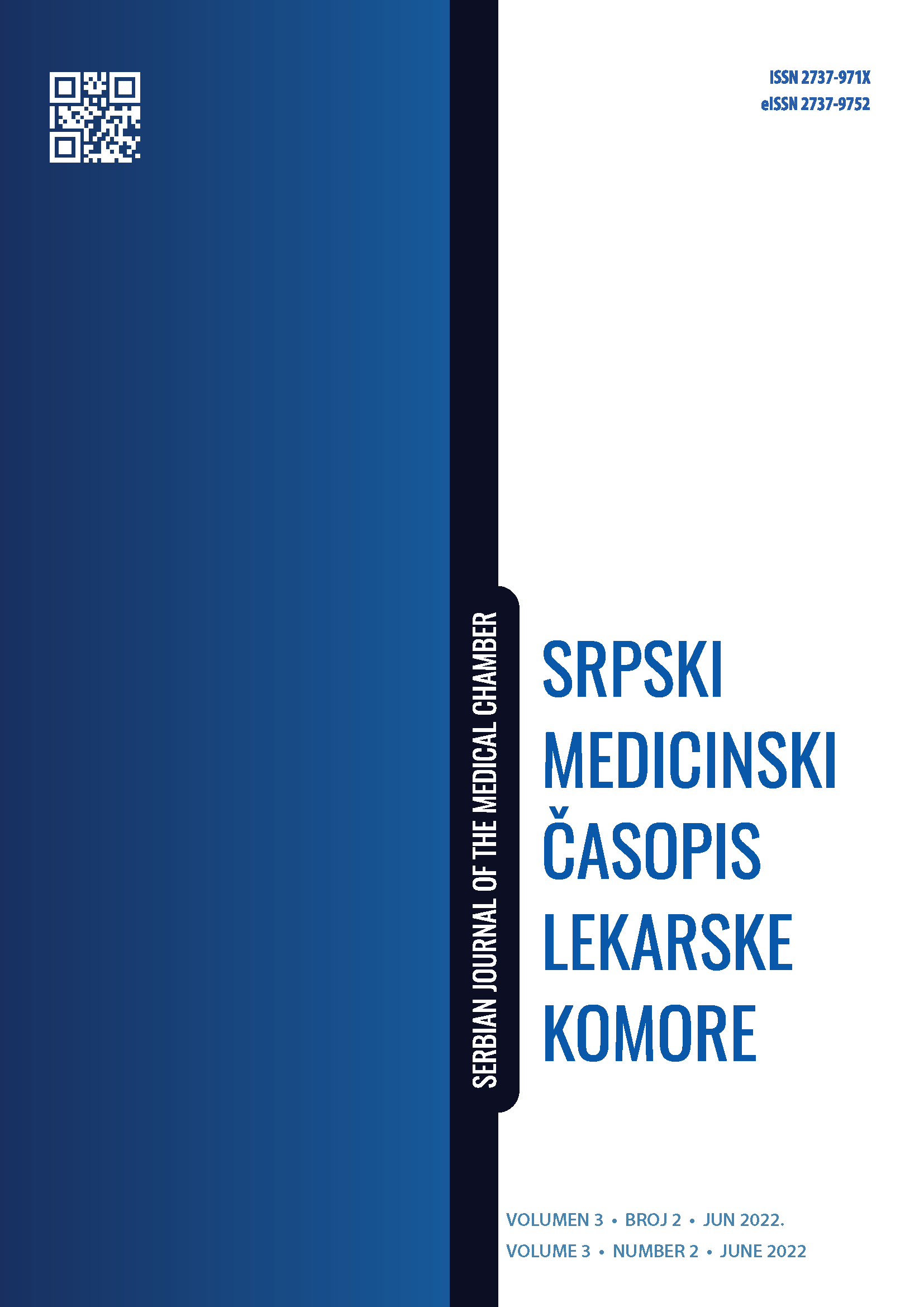FUNCTIONING, DISABILITY AND EXERCISE IN THE ELDERLY
Abstract
The age of the population is increasing worldwide and is becoming an emerging problem in society. Maintaining physical as well as mental health, together with preventing and reducing disability, particularly in the older population, should be one of the most important aspects of successful aging. Thus, the goals of health programs should be the promotion of successful, active, and healthy aging. Elderly patients are usually associated with multiple medical conditions, which should be evaluated in a multidisciplinary fashion, bearing in mind the needs of this group of individuals. Even though it is assumed that aging is associated with a decline in functioning and, therefore, with reduced functional capacity in the elderly, it is important to identify the factors which play specific roles in healthy and active aging. Special consideration should be given to cognitive functioning. Furthermore, the elderly are at risk, due to habits characteristic of a sedentary
lifestyle. Despite the positive effects of physical activity, particularly in the prevention and delay of chronic diseases and conditions, as well as in reducing the risk of premature death and in supporting positive mental health and healthy aging, the elderly population may face obstacles in terms of limited space for the safe execution of activities and the lack of proper knowledge on how to be active while taking into account one’s physical limitations. When planning and implementing a physical activity, especially in the older population, the important factors that need to be considered include duration, frequency, intensity and mode. It should be stressed that exercise programs for the elderly should include aerobic, resistance, flexibility, and balance training.

